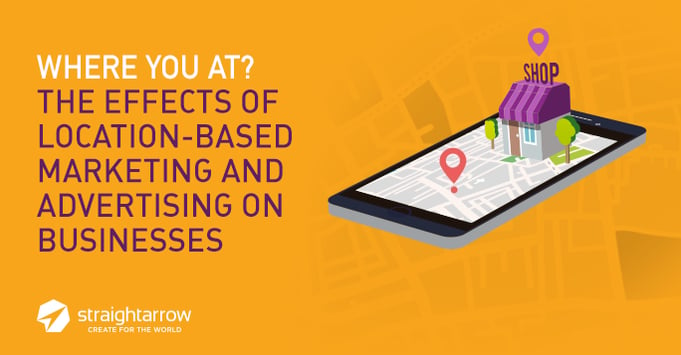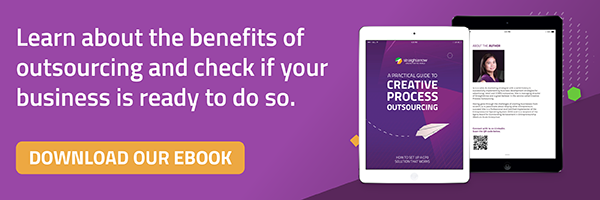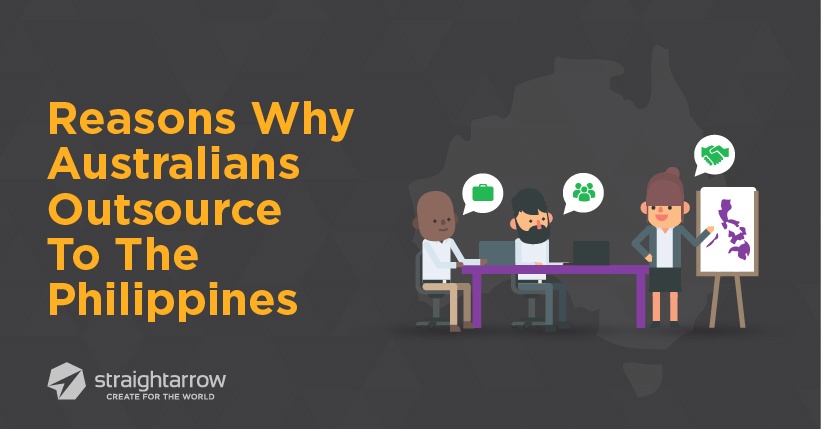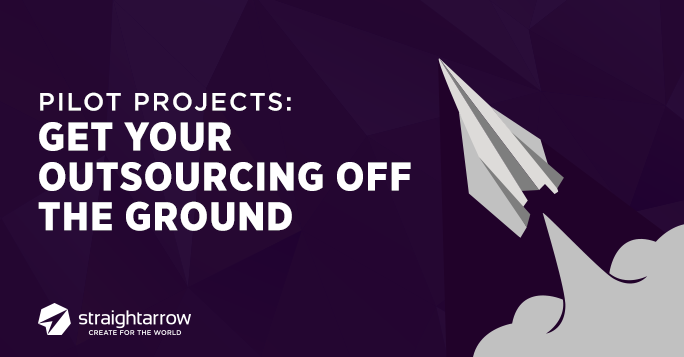
People today are rarely stationary—they’re always moving, constantly on the go, and, wherever you find them, they probably have somewhere else to be. This may seem like a bad thing for businesses, especially those that only have physical stores to begin with. But in reality, this is a blessing in disguise. The constant flow of foot traffic can now be taken advantage of if you know how to do it. If you don’t know how, well, lucky for you -- we do.Location can mean the difference between not getting any customers, and doubling the numbers of walk-in customers. The technology we have today has provided marketers with an amazing way to track people down almost precisely with different tools like Wi-Fi, GPS, and cell tower data. This makes it easier for location-based marketing and advertising to take place. The fact that we always have our smartphones on our person makes this whole tactic even easier for the marketers to reach and target us with their ads.
If you’ve been in the vicinity of a Starbucks recently, you might have gotten a push notification for an offer like a discount on a drink like this:

This is exactly what I’m talking about. These kinds of targeted marketing and advertising may seem invasive to some people, but the numbers don’t lie. In the example mentioned above, Starbucks said that the likelihood of a person entering a store doubled after seeing a location-based ad.
Reaching your Target audience doesn’t necessarily have to be all about the codes and other kinds of technology in order to be able to reach them. Something as simple as a Tweet can also be as effective as sending them a push notification on their phone.
Back in 2013, Twitter introduced its geo-targeting feature as a way for marketers to narrow down their target audience and be able to reach them in a more precise manner, and tailor tweets according to their audience’s location and timezone. The manner which these geo-targeted Twitter Ads function depend on the country, state, metro area or zip code you want to target, and it also allows you to target multiple locations at once. Twitter’s geo-targeting feature allows marketers to drive more than traffic to their website and social media account. It also enables them to increase foot traffic to their brick-and-mortar store, or better yet, to their event. This location-based feature can provide your business a myriad of benefits, all while reaching the audience you want based on your specifications.
Even with all the good things that location-based marketing and advertising offer, the method is still at the bottom of most brands’ priority lists. This could be because these brands still don’t know how to utilise the strategy. If you find yourself in that position, consider the following guidelines, which will help you make the most of location-based marketing and better reach and target your customers:
1. Consent is the key to gaining the trust of your customers. Let your audience choose whether they want to be targeted or not. That way, they won’t feel like you’re intruding on them. You can also take this as an opportunity to give people who ‘check in’ to your location a special promo just for doing so. Learn how to make them being there exciting for both of you.
2. Bring comfort and convenience to your customer. Keep in mind that the main purpose of location-based marketing and advertising is to offer something special to your target market because they are conveniently near your establishment. Make it a win-win situation for both parties.
3. Go beyond just using beacon technology to pinpoint the location of your target market. You can utilise Wi-Fi, cell towers, GPS, radio frequency identification, and cross-channel attribution to get a better insight on the whereabouts of your target customer, and in turn, provide more specific and personal promos or ads to them.
The progress of location-based marketing and advertising has yet to pick up its pace, so businesses that seize the opportunity in the right way are poised to gain a significant competitive advantage. Don’t be afraid to experiment with the method and find your niche.
Need some help implementing your client's strategy? Outsourcing parts of your Social Media process might just do the trick. Learn more about Creative Process Outsourcing with this eBook: A Practical Guide to Creative Process Outsourcing.










Comments